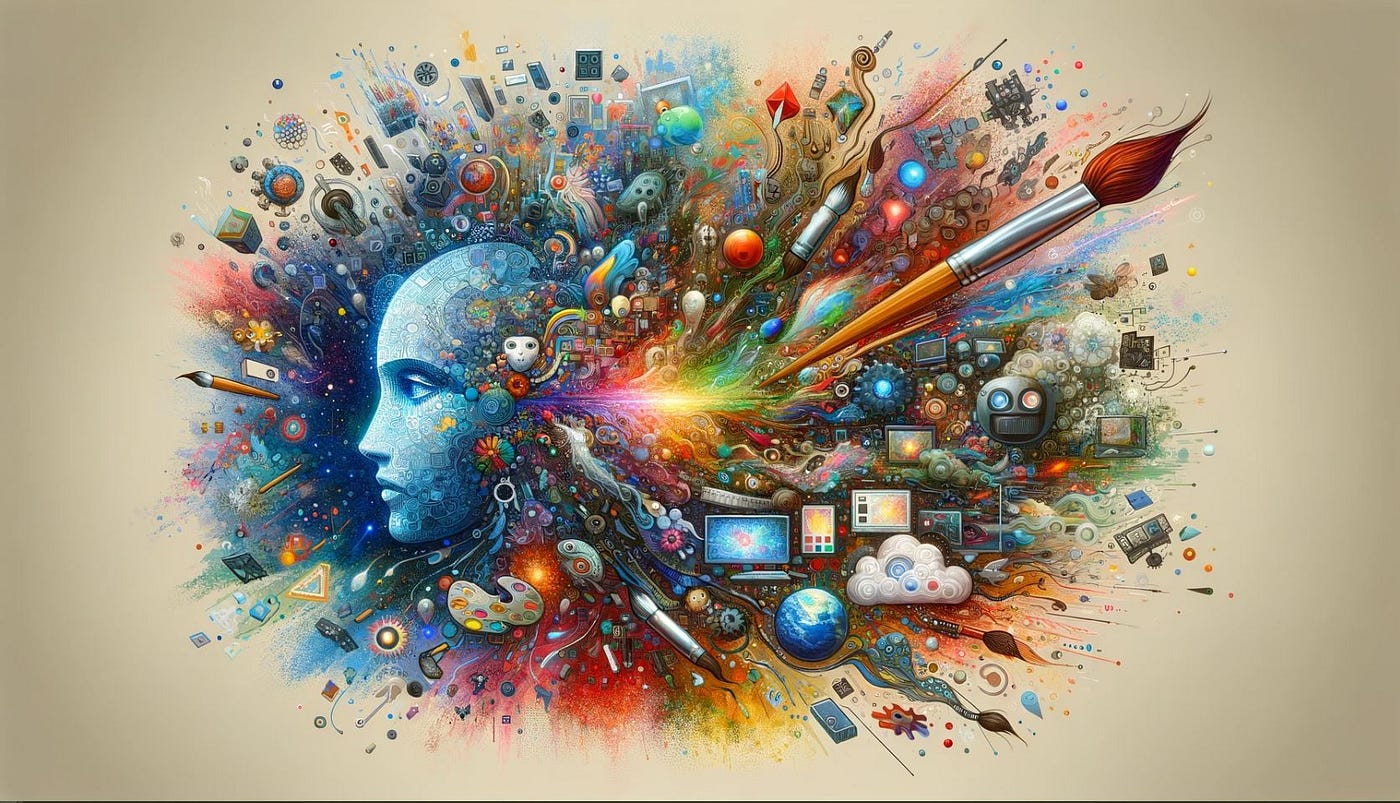In today’s digital age, artificial intelligence (AI) has become a transformative force across various industries. One of the most fascinating innovations it has brought forth is the AI picture generator. These advanced tools harness the power of machine learning algorithms to convert simple text prompts into stunning, high-quality images. Whether you’re a designer, marketer, educator, or content creator, AI picture generators are revolutionizing how visuals are created and consumed.
What is an AI Picture Generator?
An AI picture generator is a sophisticated tool that uses algorithms to interpret text descriptions and generate corresponding images. These tools rely on deep learning models, particularly generative adversarial networks (GANs) and diffusion models, to produce visually compelling artwork. The technology behind AI picture generators has evolved rapidly, enabling them to create images that are not only realistic but also rich in detail and creativity.
A standout example in this domain is Adobe Firefly, a cutting-edge platform designed to elevate the capabilities of AI-driven design. Its AI picture generator feature allows users to transform text descriptions into vivid, high-resolution images effortlessly. This tool caters to both professionals seeking precision and beginners looking for intuitive design solutions.
How AI Picture Generators Work
AI picture generators operate through a combination of natural language processing (NLP) and image synthesis technologies. Here’s a simplified breakdown of the process:
1. Text Interpretation
The AI analyzes the user’s text prompt, identifying key elements, objects, styles, and emotions.
2. Data Processing
It references vast datasets of images to understand visual patterns, color schemes, and design elements.
3. Image Generation
Using algorithms like GANs, the AI synthesizes new images that align with the input description.
4. Refinement
Advanced tools like Adobe Firefly offer customization options, allowing users to refine details such as color, texture, and composition.
This seamless integration of language and visuals makes AI picture generators incredibly versatile, catering to diverse creative needs.
Benefits of Using AI Picture Generators
1. Efficiency
AI significantly reduces the time required to create high-quality images, enabling faster project turnarounds.
2. Cost-Effective
It eliminates the need for extensive graphic design resources, making it accessible for small businesses and freelancers.
3. Creative Exploration
Users can experiment with different styles and concepts without technical limitations.
4. Customization
Platforms like Adobe Firefly provide tools for fine-tuning images to meet specific project requirements.
Applications of AI Picture Generators
- Marketing and Advertising: Create engaging visuals for social media, campaigns, and promotional materials.
- Content Creation: Enhance blog posts, articles, and eBooks with customized images.
- Education: Develop interactive learning materials with visually appealing graphics.
- Entertainment: Design characters, scenes, and concept art for games and films.
The Future of AI in Image Generation
The future of AI picture generators looks promising, with continuous advancements in AI and machine learning. We can expect more intuitive interfaces, higher image resolutions, and enhanced creative controls. As AI becomes more integrated into creative workflows, tools like Adobe Firefly will play a pivotal role in shaping the future of digital design.
Conclusion
In conclusion, AI picture generators are more than just tools; they are gateways to limitless creative possibilities. They offer efficiency, cost-effectiveness, and unparalleled creative freedom. By leveraging platforms like Adobe Firefly, individuals and businesses can unlock new levels of innovation and efficiency in visual content creation. As the technology continues to evolve, the potential for AI-generated imagery will only expand, transforming the landscape of digital art and design.

